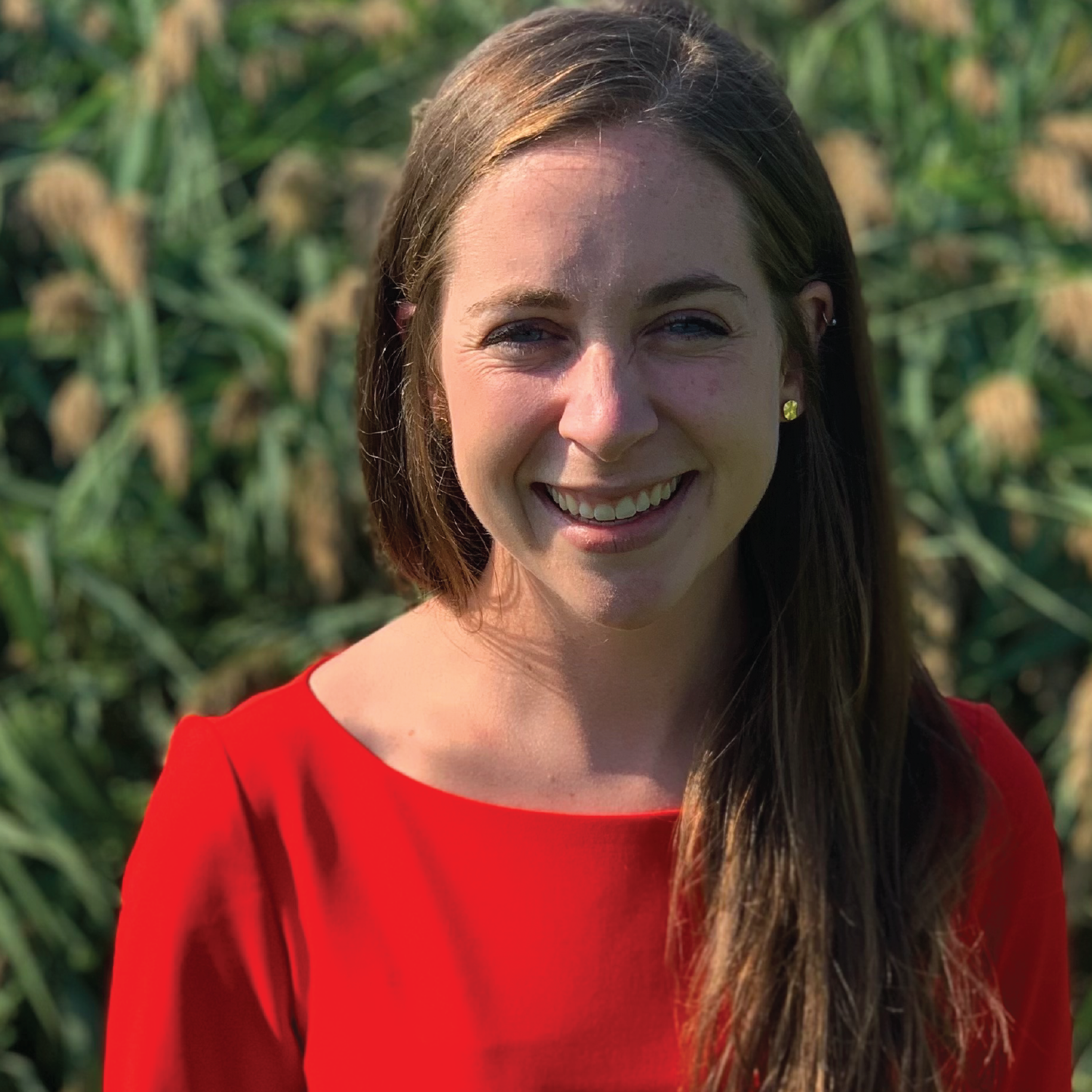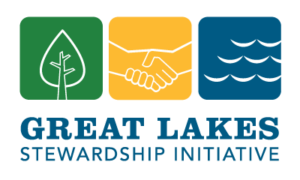Dear SEMIS Coalition,
At the close of our Winter Professional Development day in late January, the 50 teachers, principals, community partners, and SEMIS Coalition team members in attendance gathered in a circle to share a one-word reflection on what feeling we were leaving the day with. After a dizzying week of Executive Orders and federal agency upheaval, when it was my turn to share, I was a little surprised to find the word ‘rooted’ on my tongue. But maybe I shouldn’t have been surprised. It is, after all, a word I’ve found myself using a lot since I became a part of the SEMIS Coalition leadership team.
In this period of uncertainty, I imagine many of us are drawing strength from our deepest networks and looking to our past to find the resilience to meet our present. Given this power our shared history and storytelling has to ground and sustain us, I’d like to use this blog over the next few months to ‘dig in’ on those roots of the SEMIS Coalition. Where did we come from? From what foundations did our model for place-based education emerge? And what does that tell us about who we are as a Coalition now, and where we may be headed in the future?
To get at our deepest roots, we actually need to look to the history of another organization—the Great Lakes Stewardship Initiative—and that takes us all the way back to 1973. That year, Consumers Energy and DTE Energy opened a jointly-owned facility in Ludington, MI called the Ludington Pumped Storage Plant. This plant was built to use electricity to draw in water from Lake Michigan when electric demand was low and then generate hydroelectric power by releasing the water when there was more demand on the grid. In the 80’s, though, advocates drew attention to the impact the plant was having on fish mortality. In 1996, a court settlement between the utilities, tribal governments, and conservation groups established the Great Lakes Fishery Trust (GLFT) – an entity that would receive and redistribute compensation for past and future unavoidable fish losses as a result of the plant’s activities.
One of the initial goals of the GLFT was to increase stewardship of the Great Lakes. In 2005, the Great Lakes Water Studies Institute at Northwestern Michigan College was commissioned by the GLFT to research and recommend strategies to achieve this stewardship goal. The Institute’s report, “Creating Stewards of the Great Lakes,” recommended 1) place-based education as an effective pedagogy to promote and strengthen stewardship, and 2) a supportive statewide infrastructure that integrated place-based education, professional development for teachers, and school-community partnerships. In 2006, the GLFT pledged $10 million over 10 years and the GLSI was officially established as a funded program of the GLFT.
I had the chance to sit down with Mary Whitmore, the founder and Executive Director of the GLSI from 2007 to 2023, who remembers the intentionality of those early days. Mary told me how the GLFT paid attention to the impact of the projects it funded, and had noticed that some of their K-12 education projects focused on stewardship had struggled to “take root,” owing either to limited uptake in schools or limited support for implementation. The GLFT wanted to fund stewardship education on a statewide scale, and they wanted that effort to endure over time. As Mary recalls, those priorities solidified interest in building a K-12 model. “Not every child has access to a nature center, but most kids go to school. We decided the way to get at widespread and equitable access and impact was to root the GLSI in K-12 schools. That is also the place where, if we could get a foothold, build a connection with schools, and demonstrate the value of the GLSI, we would have a reasonable chance of sustaining the work.”
To inform its emerging model, the GLSI engaged a variety of consultants, including four of the leading scholars/practitioners of place-based education at the time: Doris Terry Williams from the Rural School and Community Trust; David Sobel from the Antioch New England Institute; Jon Yoder from Salem-Kaiser School District in Oregon; and Greg Smith from Lewis & Clark College. Mary remembers being struck by how these four experts, though working in diverse settings and geographies, shared a remarkably consistent philosophy about why to do place-based education. The philosophy about how to best organize a statewide effort, however, called for a more dynamic approach.
Organizing the GLSI as a network of regional hubs provided certain advantages. First, it would encourage collaboration across hubs, which could build capacity and accelerate progress. Hubs provided spaces and places where educators could gather, have mentors, build relationships with trusted colleagues, and offer their own expertise to others, allowing them to be both a contributor to and a consumer of the collective knowledge. The design for the GLSI drew heavily from the organization of the Michigan Mathematics and Science Centers Program (the predecessor of today’s MiSTEM Network). Like the Math and Science Centers, the GLSI network design included regional hubs with a shared set of responsibilities and services, supported by and aligned to a central, shared mission. Mary shared that, “To the extent allowed by our funding, we wanted to establish and develop hubs in a way that made sure it wasn’t an “accident of geography” that people had access to what hubs offered.” Hubs were also designed to reflect and be highly connected to their local context. The GLSI intended for each regional hub to communicate their work to the public and to forge and steward deep relationships with their communities.
In 2007, the GLFT awarded three Planning and Implementation Grants to establish the first three GLSI hubs: West Michigan GLSI, Lake Superior Stewardship Initiative, and (drumroll please) the Southeast Michigan Stewardship Coalition. This network of regional hubs would grow to eight by 2011. That year the GLSI also hosted the first Place-Based Education Conference, held in East Lansing. Over the 10-year funding commitment by the GLFT, GLSI hubs received additional biannual grants to help them continue to grow their expertise and networks.
Recognized in research for its scale and longevity, the GLSI quickly became a national leader in place-based education and continued to deepen its expertise to better support other state education goals. In 2017, the GLSI applied for and received the prestigious STEMWorks Accreditation from Michigan’s MiSTEM network and began a strong partnership with the state’s MiSTEM Advisory Council. This partnership strengthened the alignment between place-based education and STEM learning across the GLSI and its hubs and allowed GLSI to begin offering its own professional development for teachers not served by its regional hubs.
In 2018, after 10 years of dedicated funding from the GLFT, the GLSI became an independent nonprofit organization. Regional hubs, including the SEMIS Coalition, began to develop new models for fundraising and partnering with local organizations and education agencies to continue their important work.
Today, there are six GLSI hubs across the state. Each has its own structure but all remain unified through their membership in and support for the GLSI, a shared definition and guiding principles for place-based stewardship education, and a strong and growing network of educators and community partners across the state. The GLSI continues to expand the practice of place-based stewardship education to other states and countries through virtual offerings and its popular biennial conference. You can learn more about the GLSI, its history, and its current programs by visiting their website at www.greatlakesstewardship.org.
As this brief look at the origins of the GLSI demonstrates, our community has a long history of building strength through collaboration and navigating change together. As I use this platform to document and share our story over the next few months, we hope you’ll do the same here and with your own communities as we all continue to nourish and draw resilience from our roots.
In Partnership,
Anna
Director, SEMIS Coalition | abalzer1@emich.edu
Donate today to the Southeast Michigan Stewardship Coalition and bring joy to teachers and students learning through place. Your contribution makes learning come alive!


